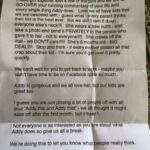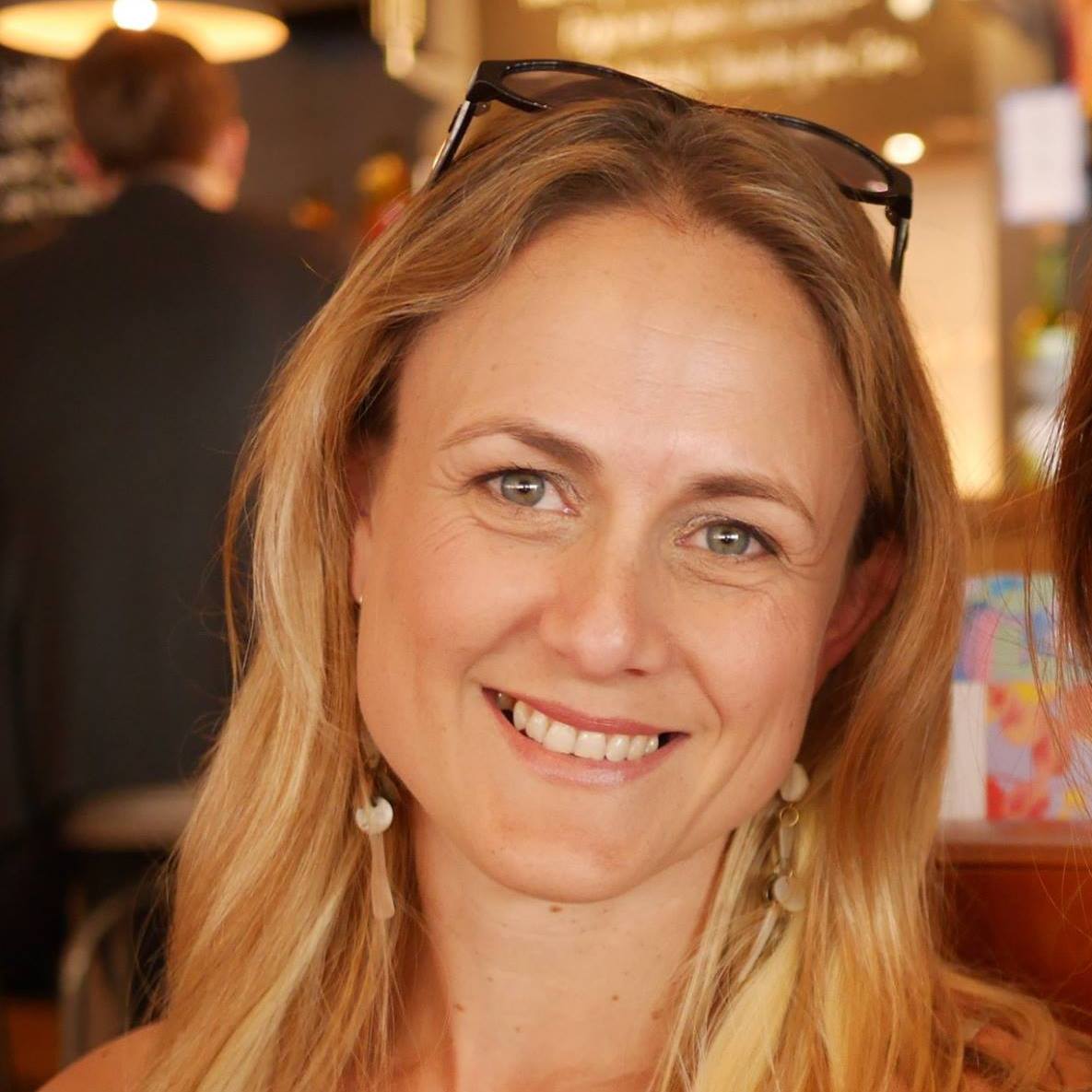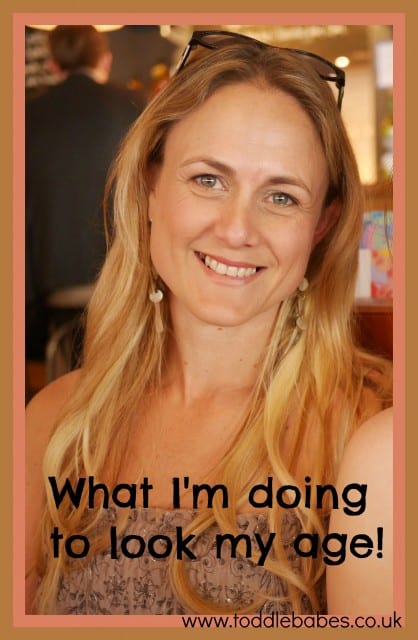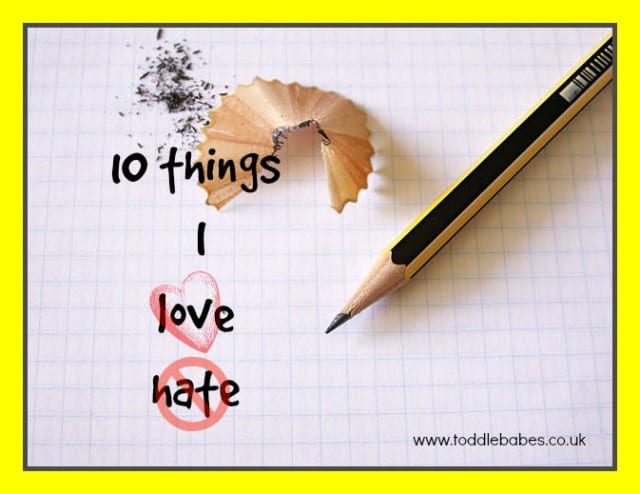
35 Days to Better Health

Mean Girls are Real, even in the adult world

Did you see the Solar Eclipse? Like many, I spent the week chatting with my 3 children about the solar eclipse due to happen on 20th March. We looked at information on the internet, spoke about the special glasses and other methods for looking at an eclipse and how rare it was…
What is a Solar Eclipse?
A solar eclipse is a natural phenomenon that occurs when the Moon passes between the Sun and the Earth, casting a shadow on a portion of the Earth’s surface. During a solar eclipse, the Moon appears to block or partially cover the Sun, resulting in a temporary reduction or complete obscuration of sunlight.
There are three types of solar eclipses: total, partial, and annular. In a total solar eclipse, the Moon aligns perfectly with the Sun, completely blocking its light and creating a dark area known as the umbra. This allows the Sun’s outer atmosphere, called the corona, to become visible, appearing as a bright halo surrounding the Moon. Total solar eclipses are rare and only visible from a specific path on Earth.
A partial solar eclipse occurs when the Moon partially covers the Sun, resulting in a portion of the Sun still visible from Earth. During this type of eclipse, the Moon does not align perfectly with the Sun, causing only a portion of the Sun’s disk to be obscured.
An annular solar eclipse happens when the Moon is at its farthest distance from Earth and appears smaller than the Sun. As a result, the Moon does not fully cover the Sun’s disk, creating a ring of light around the Moon’s silhouette.
It is important to note that looking directly at the Sun during a solar eclipse can be harmful to the eyes. Special eye protection, such as eclipse glasses or solar filters, should be used to safely observe a solar eclipse. Alternatively, indirect viewing methods, such as projecting the Sun’s image onto a surface, can also be used to experience the eclipse safely.
Solar eclipses are captivating astronomical events that have fascinated humans throughout history. They provide unique opportunities for scientific research and observation, as well as moments of awe and wonder for those fortunate enough to witness them.
We were rather excited going to sleep on Thursday night, hoping that our little spot of the UK would be clear blue skies come Friday morning.
The kids got up early ( they were in my bed before 7-usually a no-no) and were looking forward to the spectacle.
Their school had asked for the children to arrive at the earlier time of 8:40, so after some quick dressing and breakfast completed, they headed to school on their scooters with me running alongside to keep up, looking at the grey and overcast skies optimistically.
The solar eclipse on March 20th, 2015, was visible in the United Kingdom as a partial solar eclipse (if you were fortunate enough to not have cloud cover obscuring the view). It was an exciting event that drew the attention of many people across the country.
In the UK, the extent of the eclipse varied depending on the location. The northern parts of Scotland experienced the greatest obscuration, with the Moon covering around 95% of the Sun’s disk. The rest of the UK, including England, Wales, and Northern Ireland, witnessed a progressively smaller coverage of the Sun, ranging from approximately 90% in the south to about 84% in the far southwest.
People in the UK eagerly awaited the event and took various measures to safely observe the partial solar eclipse. Many used specially designed solar eclipse glasses or solar filters to protect their eyes while looking at the Sun. Others opted for indirect viewing methods, such as projecting the Sun’s image onto a surface using pinhole projectors or telescopes.
The solar eclipse on March 20th, 2015, provided a unique opportunity for people in the UK to witness a celestial phenomenon and marvel at the wonders of the universe. It sparked interest in astronomy and encouraged discussions about the science behind eclipses, further enriching our understanding of the cosmos.
The solar eclipse was meant to be at its most noticeable at around 9:20 so the children all filed into the playground hoping to catch a glimpse. The school had purchased the required glasses for each child to use. They had great fun putting them on and exclaiming ” I can’t see anything now!”. In their class groups, they stood staring up at the sky hoping for a break in the clouds. Looking at each other expectantly, wanting to see something…
After a while, darkness did descend, but not very noticeably…enough to trigger the school’s security lighting though.
After 20 minutes of waiting and hoping, the children went back to class. I guess they would get to watch the solar eclipse on their whiteboards via some other news channel.
The next eclipse is only in 2026….so we’ll have to wait until then to get a proper view. I do hope they will be as excited then as they are now…doubtful as by 2026, I’ll have three teenagers 😉 Can’t say we didn’t try!
The solar eclipse in 2026 is anticipated to occur on April 8th. This will be an annular solar eclipse, meaning that the Moon will be at its farthest distance from Earth and will appear slightly smaller than the Sun. As a result, when the Moon moves between the Sun and the Earth, it will not fully cover the Sun’s disk. Instead, a ring of sunlight will still be visible around the Moon, creating what is often referred to as a “ring of fire” effect.

I am a preschool and primary school teacher and mum to 3 children. I have been involved in education since 1997 and have trained in a variety of educational specialist areas. It is with this expertise that I write articles to help parents and educators provide quality learning experiences for the children in their care.




